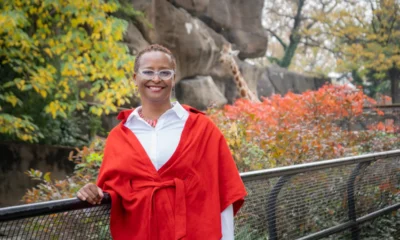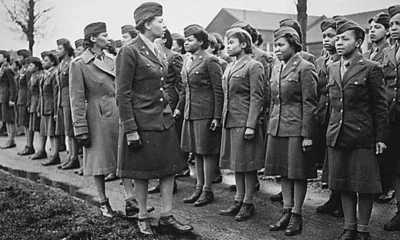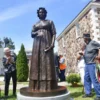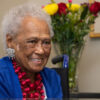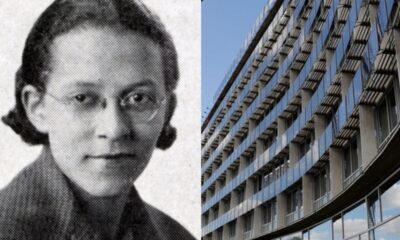Black Women in History
Retired Mathematician Gladys West is One of the People to Thank for the Development of GPS
Gladys West was putting together a short bio about herself for a sorority function that recognized senior members of the group.
She noted her 42-year career at the Navy base at Dahlgren and devoted one short-and-sweet line to the fact she was part of the team that developed the Global Positioning System in the 1950s and 1960s.
Fellow Alpha Kappa Alpha Sorority member Gwen James was blown away by the statement. The two had known each other for more than 15 years, and James had no idea that the soft-spoken and sharp-minded West played such a “pivotal role” in a technology that’s become a household word.
“GPS has changed the lives of everyone forever,” James said. “There is not a segment of this global society — military, auto industry, cell phone industry, social media, parents, NASA, etc. — that does not utilize the Global Positioning System.”
The revelation that her 87-year-old sorority sister was one of the “Hidden Figures” behind GPS motivated James to share it with the world. “I think her story is amazing,” James added.
West, who lives in King George County, VA, admits she had no idea at the time — when she was recording satellite locations and doing accompanying calculations — that her work would affect so many. “When you’re working every day, you’re not thinking, ‘What impact is this going to have on the world?’ You’re thinking, ‘I’ve got to get this right.’ ”
In a 2017 message about Black History Month, Capt. Godfrey Weekes, then-commanding officer at the Naval Surface Warfare Center Dahlgren Division, described the “integral role” played by West.
“She rose through the ranks, worked on the satellite geodesy (science that measures the size and shape of Earth) and contributed to the accuracy of GPS and the measurement of satellite data,” he wrote. “As Gladys West started her career as a mathematician at Dahlgren in 1956, she likely had no idea that her work would impact the world for decades to come.”
As a girl growing up in Dinwiddie County south of Richmond, all Gladys Mae Brown knew was that she didn’t want to work in the fields, picking tobacco, corn and cotton, or in a nearby factory, beating tobacco leaves into pieces small enough for cigarettes and pipes, as her parents did. “I realized I had to get an education to get out,” she said.
When she learned that the valedictorian and salutatorian from her high school would earn a scholarship to Virginia State College(now University), she studied hard and graduated at the top of her class. She got her free ticket to college, majored in math and taught two years in Sussex County before she went back to school for her master’s degree.
She sought jobs where she could apply her skills and eventually got a call from the Dahlgren base, then known as the Naval Proving Ground and now called Naval Support Facility Dahlgren. “That’s when life really started,” she said.
She began her career in 1956, the second black woman hired at the base and one of only four black employees. One was a mathematician named Ira West, and the two dated for 18 months before they married in 1957. “That was a great time to be at the base,” he said. “They were just discovering computers.”
While he spent most of his career developing computer programs for ballistic missiles launched from submarines, her calculations eventually led to satellites. She collected information from the orbiting machines, focusing on information that helped to determine their exact location as they transmitted from around the world. Data was entered into large scale “super computers” that filled entire rooms, and she worked on computer software that processed geoid heights, or precise surface elevations.
The process that led to GPS is too scientific for a newspaper story, but Gladys West would say it took a lot of work — equations checked and double-checked, along with lots of data collection and analysis. Although she might not have grasped its future usage, she was pleased by the company she kept. “I was ecstatic,” she said. “I was able to come from Dinwiddie County and be able to work with some of the greatest scientists working on these projects.”
Several times during a recent interview and in written notes made over the years, Gladys West referred to staying true to herself and how she was raised. She knew the data she entered had to be right, and she worked until she was certain of its accuracy. Ralph Neiman, her department head in 1979, acknowledged those skills in a commendation he recommended for West, project manager for the Seasat radar altimetry project. Launched in 1978, Seasat was…
Please read more- Retired Mathematician Gladys West is One of the People to Thank for the Development of GPS




